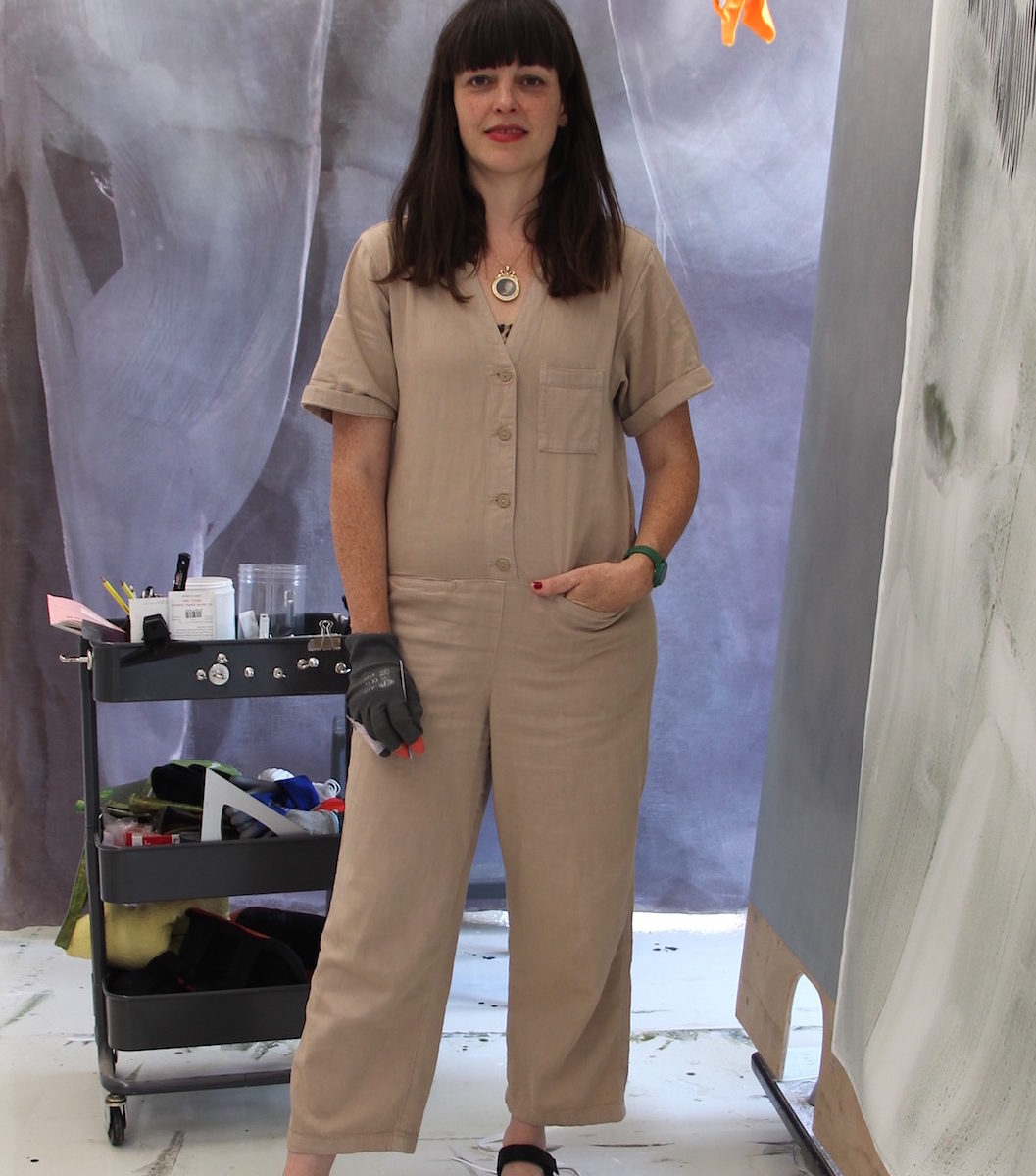GEORGIA RUSSELL, Window onto untamed nature
To observe Georgia Russell working on her paintings is just fascinating. Originally from Elgin in Scotland, Georgia creates these impressive paintings that remind of the wide and wild grassland of the Highlands moving in the wind with all its colors and luminosity. By cutting out stripes and ornaments on several layers of paper and canvas with a scalpel, she creates these tridimensional effects and her artwork becomes plant-like windows, with light filtering through and offering glimpses of architecture.
Today Georgia lives and works with her husband, the Venezuelan artist Raul Illarramendi, and their two kids next to Paris. Her extraordinary artwork can be seen in shows all round the world as well as in private and public collections, including the Centre Georges Pompidou in Paris.
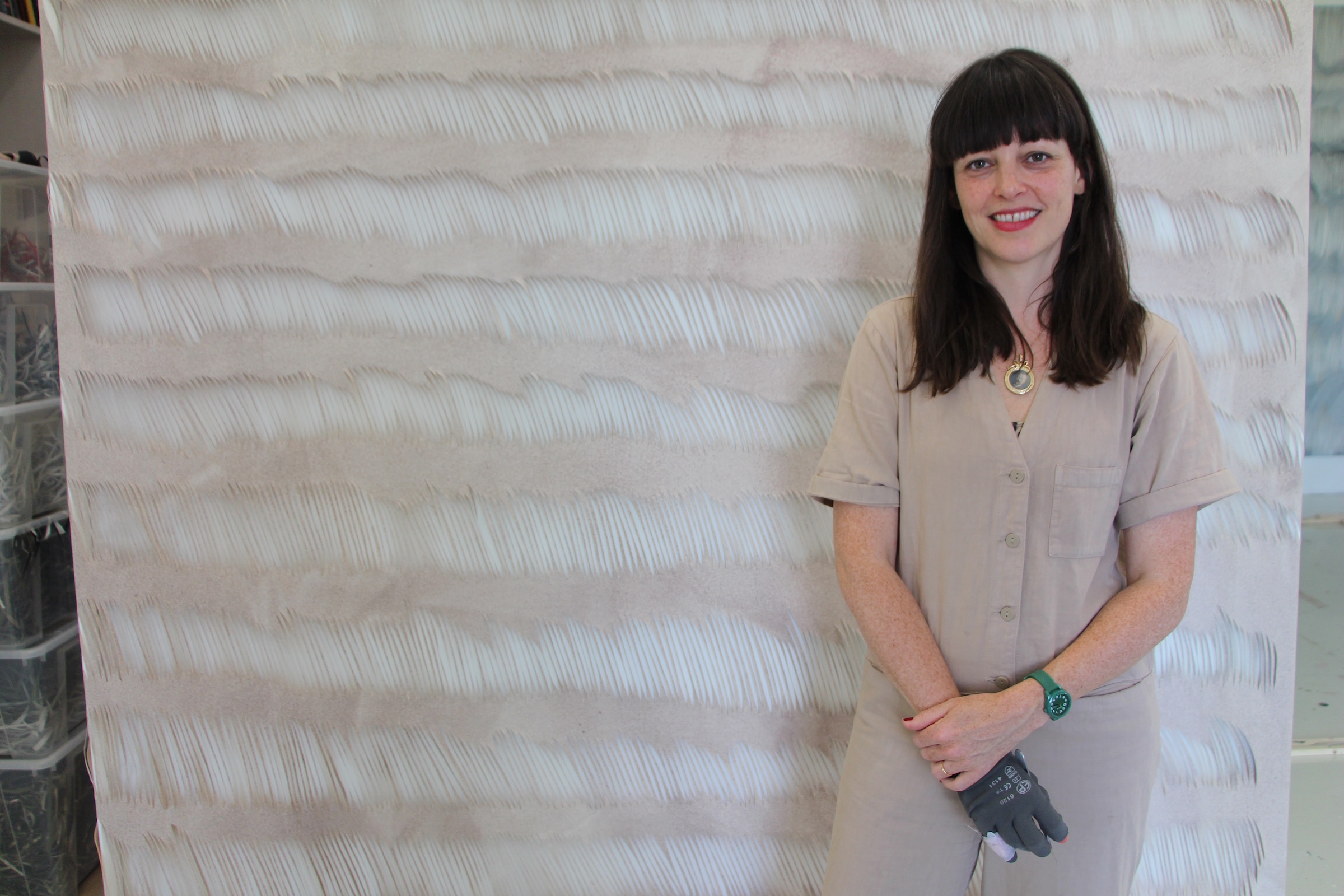
You’re living and working next to Paris, in Méru. What made you move to Paris after graduating from the Royal College of Art In London ?
During my studies at the Royal College I had been selected for a residency at the Cité des Arts Internationale in Paris. During this time I had started my work on cut books and was sourcing my new material there so it made sense to return once I had obtained my Masters in London.
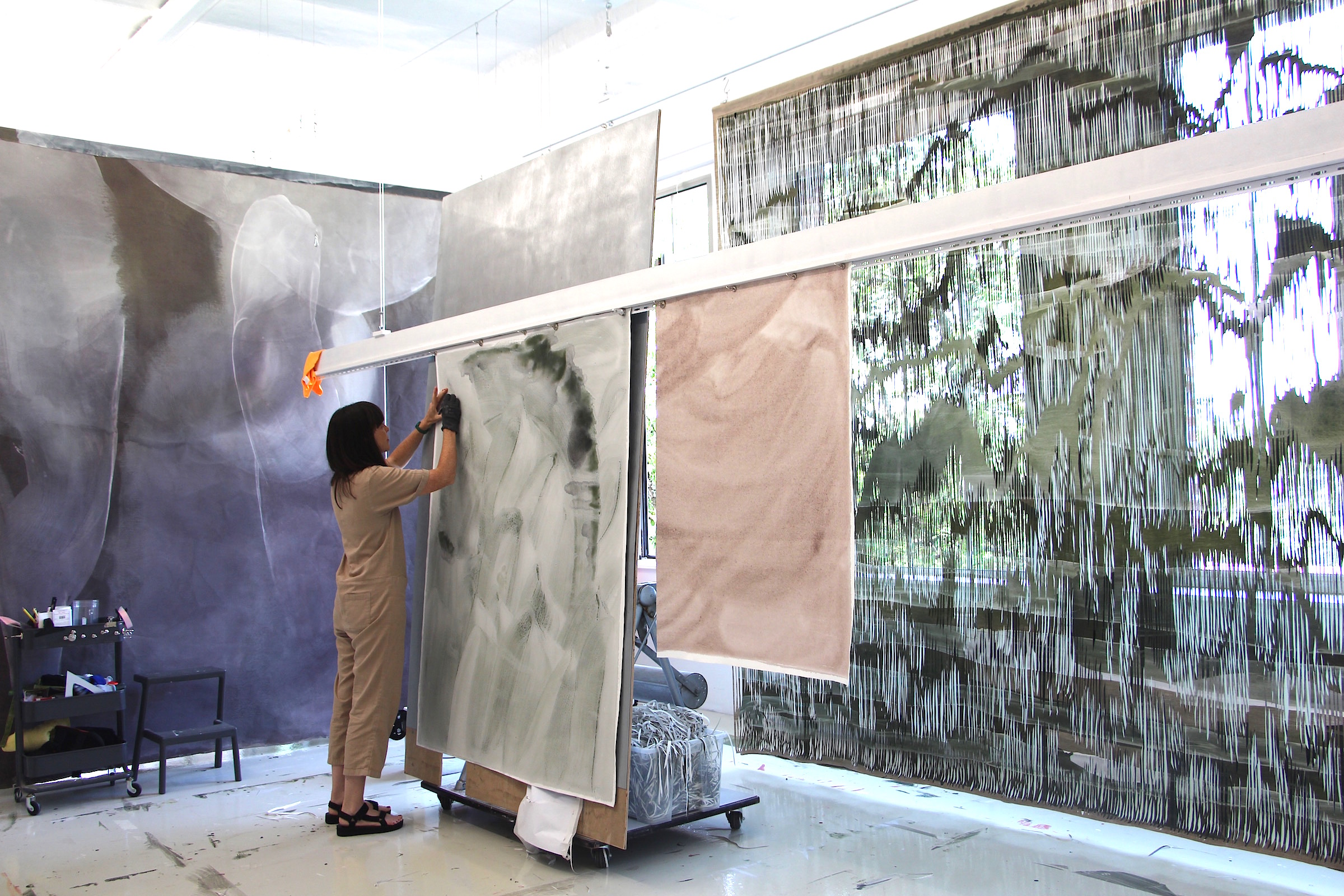
That was quite a while ago! Since then you became a successful artist. Currently you’re showing your new work at Gallery Karsten Greve in Paris. What was the inspiration behind this exhibition called “Paintings” ?
My most recent exhibition shows a leap from contained artworks in plexiglass to painting on the canvas.
I wanted to work larger scale and see what it was to make actual “paintings”.
Recently I have been inspired by Helen Frankenthaler and her use of both sides of the canvas and Clyfford Still’s vertical compositions.

These new large scale paintings become almost sculptures. You’re cutting out ornaments and fine lines with a sharp scalpel and then you reconstruct them by inlacing them which creates a very interesting tridimensional effect with a very particular movement. Could you explain a little bit more this concept of « creative destruction » ?
I am interested in negative space and how it changes a material. I don’t see it as a destruction but more like a reconstruction.
I am curious about the idea that something has been changed and cannot go back to its original state. Something emotional happens when we realise something is absent. This does not have to be about loss but can evoke feelings of freedom or release.
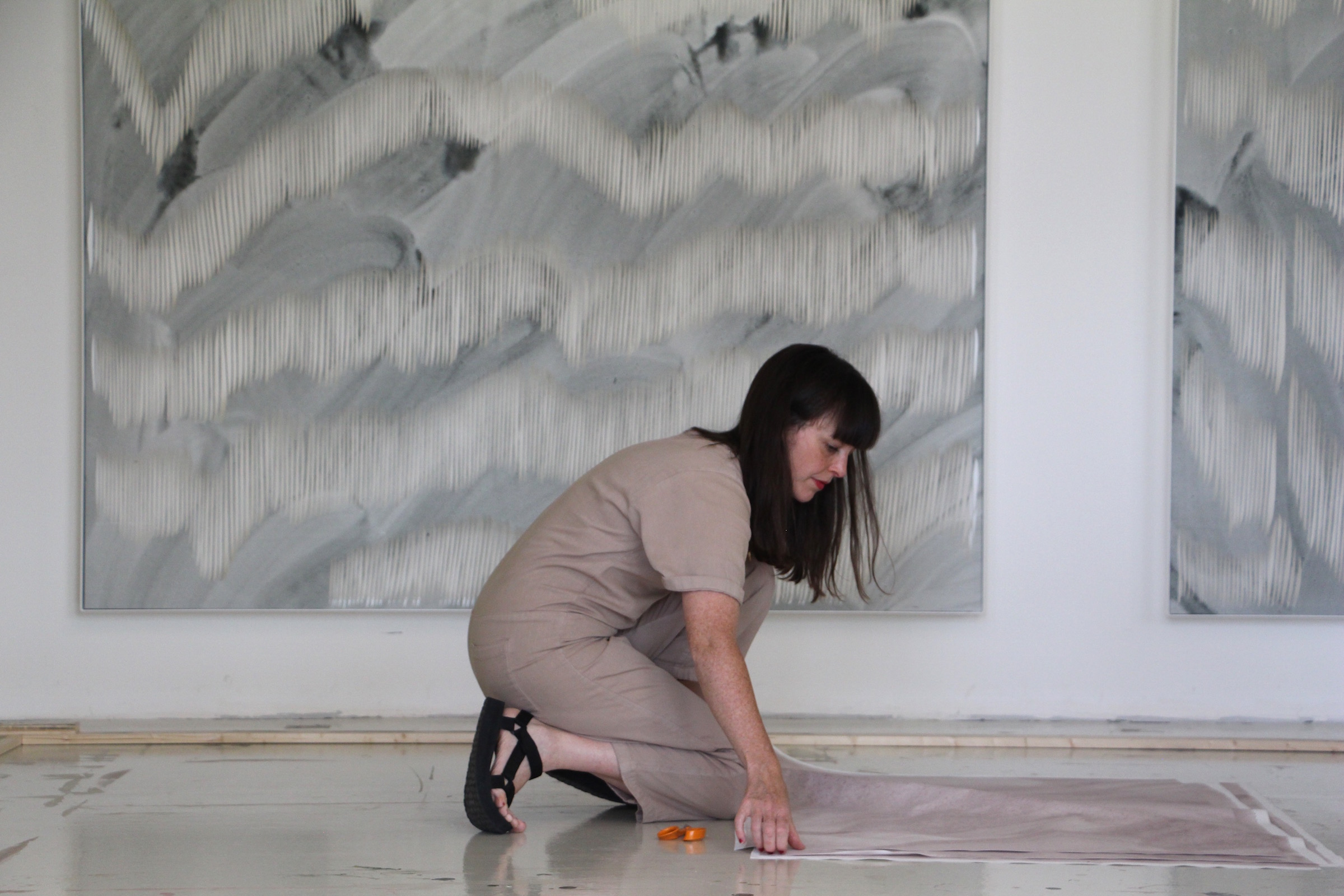
There is this repetative gesture that you apply meticulously on your paintings. How does it feel do be concentrated for hours, for days, for weeks on one piece doing the same movement over and over again?
It doesn’t seem repetative to me, there are so many differences in every stroke. I love being concentrated on a composition. The world around disappears and all I think about are the effects of shapes on other shapes, recto versus verso, colours against other colours, negatives beside positives, movement.
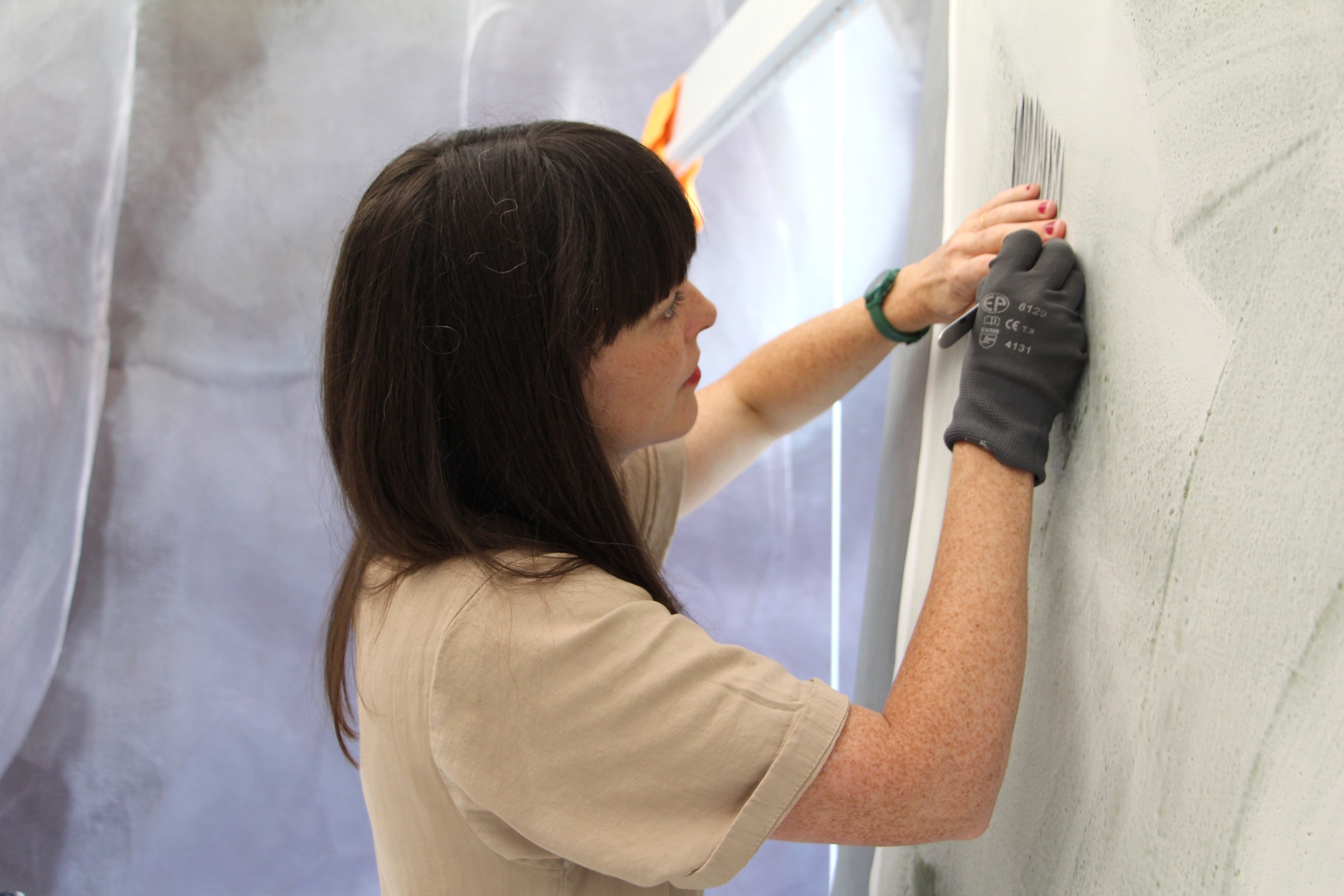
This movement in your work is like a choreography of lines and shapes that remind me of Isadora Duncan’s modern dance ballets and her words about being an artist « You are once wild, don’t let them tame you ». What do you think about this quote?
That’s a great quote, I should remember it every day!

Your husband is the Venezuelan artist Raul Illarramendi. Do you sometimes ask him for his advice?
Yes, when we have time! Life is pretty busy and speeds past. If I have a real problem or I am not quite sure I always like to talk it through with him.
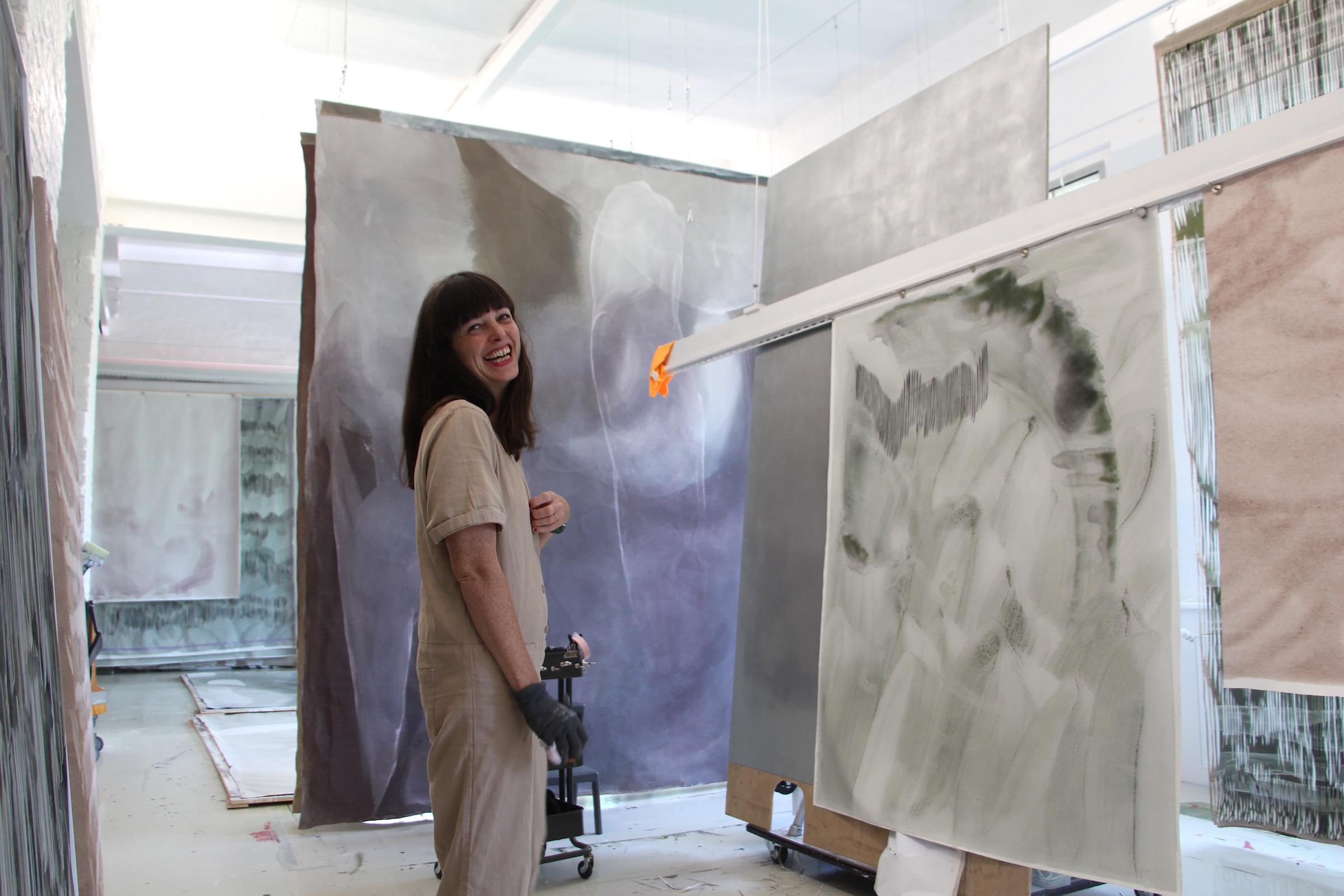
In your busy schedule as an artist and also as a mother you probably find some time to go to museums and other exhibitions. And what if you were locked up at the Louvre Museum for one night! Which sections would you go to and spend your night?
I normally head to the painting department but recently I went to see the near eastern antiquities where I found the winged human headed bulls called Lamassu or Shedu. Their symbolism and story in history is amazing.
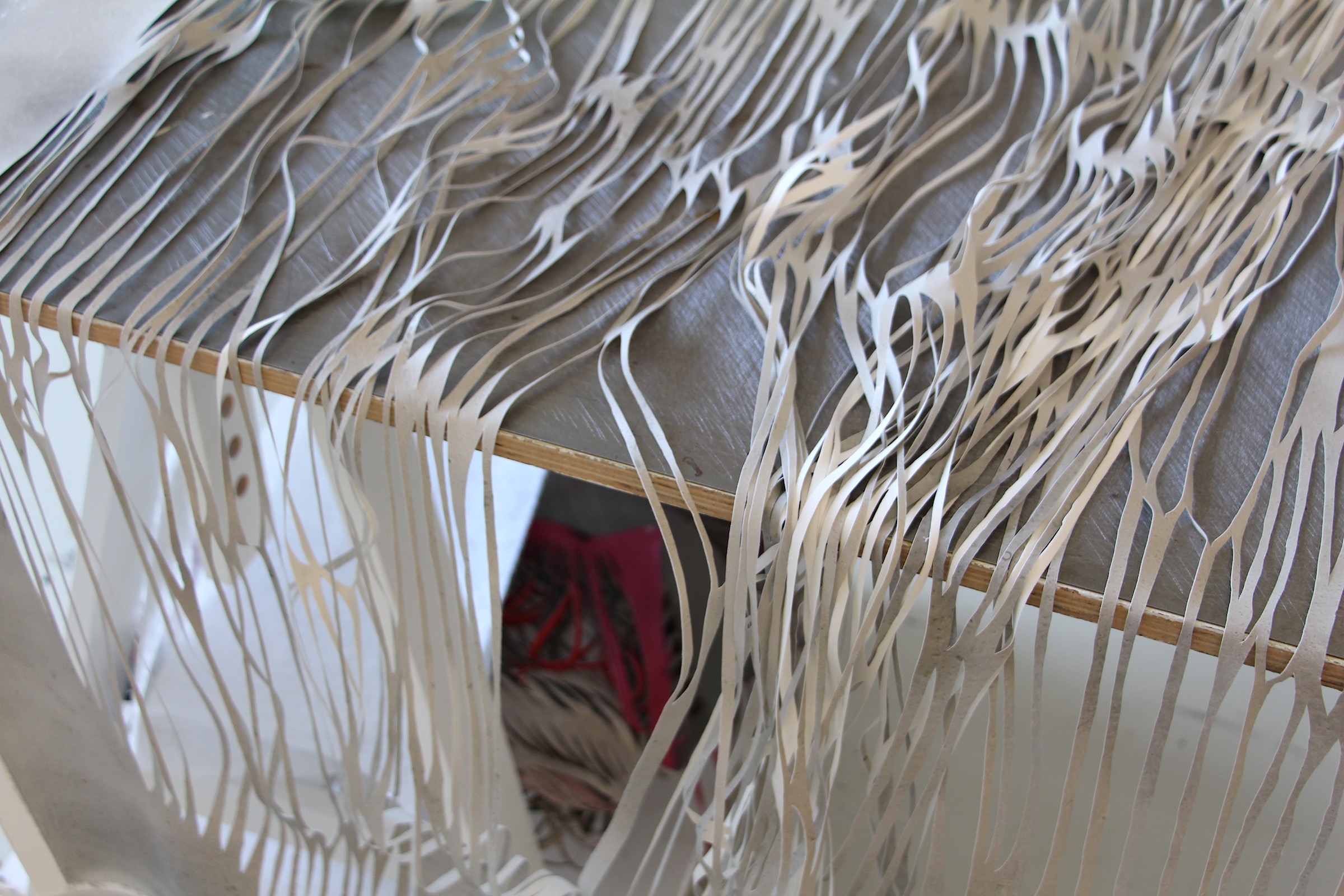
What comes to your mind when you think of Iran ?
I think mainly of the artist Shirin Neshat.
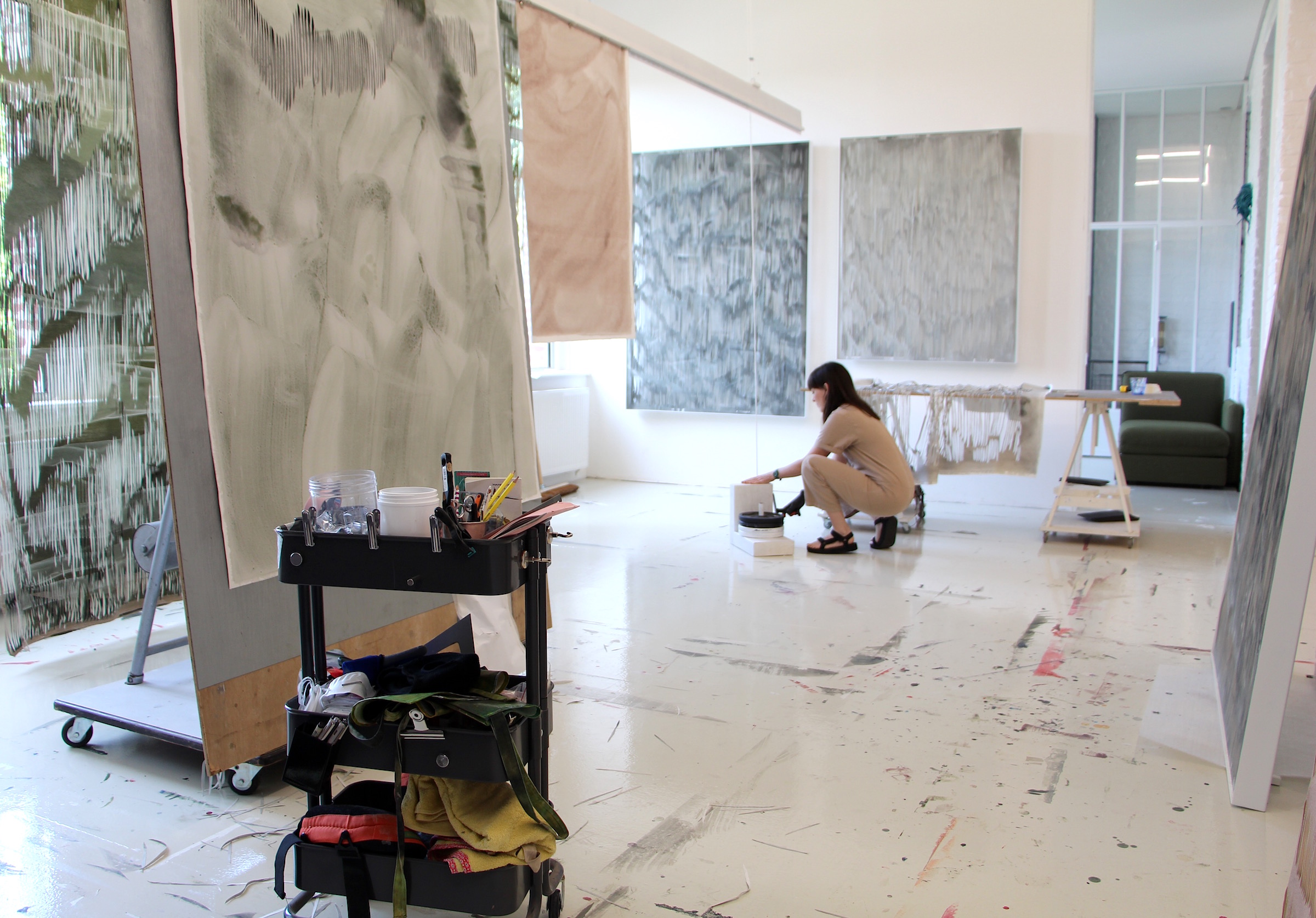
Credits:
Photos by Anahita Vessier
Text: Anahita Vessier
Share this post
